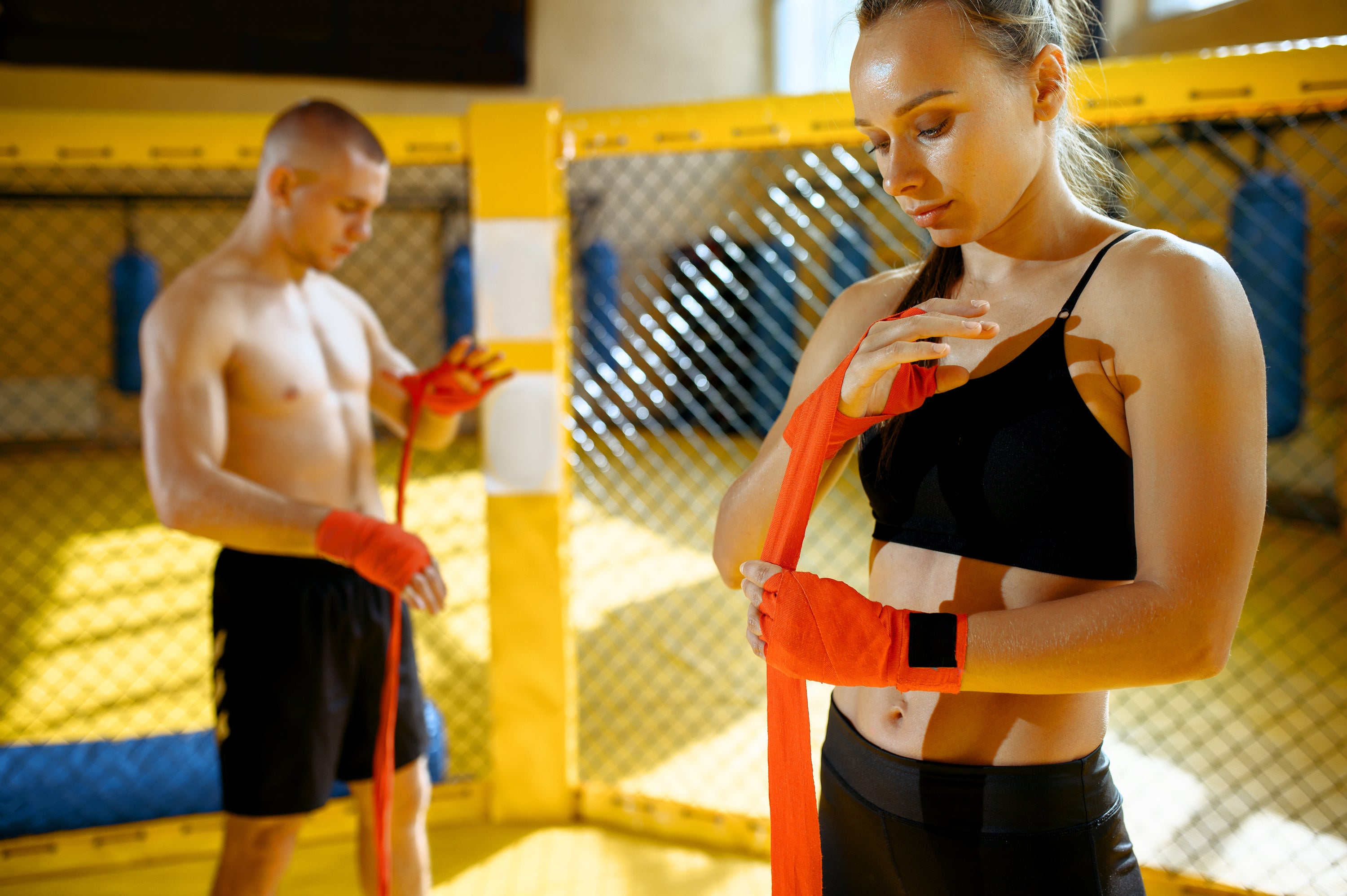When it comes to working out, we all know the importance of exercise, nutrition, and rest. But did you know that adding red light therapy to your workout routine can take your fitness to the next level? Red light therapy, also known as photobiomodulation, is a non-invasive treatment that uses red and near-infrared light to stimulate the body's natural healing processes. In this article, we'll explore the benefits of red light therapy as part of your workout routine.
Improved Muscle Recovery
After a strenuous workout, our muscles need time to recover and repair. Red light therapy has been shown to reduce muscle fatigue and inflammation, leading to faster muscle recovery. This means that you'll be able to get back to your workouts sooner and with less pain.
Increased Muscle Strength
Red light therapy has also been shown to increase muscle strength and endurance. A study published in the Journal of Strength and Conditioning Research found that participants who received red light therapy had significantly greater gains in muscle strength and endurance compared to those who didn't receive the treatment. This means that you'll be able to lift heavier weights and push through your workouts with more ease.
Improved Skin Health
In addition to its muscle benefits, red light therapy has also been shown to improve skin health. Red light therapy can stimulate collagen production, leading to smoother, firmer skin. It can also reduce the appearance of fine lines and wrinkles, giving you a more youthful appearance.
Reduced Pain and Inflammation
Red light therapy has been shown to reduce pain and inflammation throughout the body. This can be especially helpful for those who suffer from chronic pain or inflammation due to injury or illness. Red light therapy can also improve circulation, leading to faster healing times.
How to Incorporate Red Light Therapy into Your Workout Routine
So, how can you incorporate red light therapy into your workout routine? There are a few options available. You can visit a clinic that offers red light therapy sessions or invest in a red light therapy device for home use. Many red light therapy devices are portable and easy to use, making it convenient to use before or after your workouts.
Using RLT Before Your Workout
Using red light therapy before your workout can help you prepare your body for physical activity. It can also help you warm up and reduce the risk of injury. Here's how to use RLT before your workout:
Sample Duration: 5-10 minutes
Focus Area: Full body or specific muscle groups
Benefits:
-
Improved circulation: Red light therapy can improve blood flow, which can help your muscles receive more oxygen and nutrients before you start working out.
-
Increased energy: Red light therapy can stimulate the mitochondria in your cells, leading to increased energy production and improved endurance during your workout.
-
Reduced muscle soreness: Red light therapy can help reduce muscle soreness and stiffness, which can make it easier to exercise.
Using RLT After Your Workout
Using red light therapy after your workout can help you recover more quickly and reduce muscle soreness. Here's how to use RLT after your workout:
Sample Duration: 10-15 minutes
Focus Area: Full body or specific muscle groups
Benefits:
-
Faster recovery: Red light therapy can stimulate cellular repair and regeneration, leading to faster recovery after your workout.
-
Reduced inflammation: Red light therapy can help reduce inflammation in your muscles and joints, which can make it easier to move and perform everyday activities.
-
Improved muscle repair: Red light therapy can stimulate collagen production and improve blood flow, leading to improved muscle repair and growth.
In conclusion, adding red light therapy to your workout routine can lead to improved muscle recovery, increased muscle strength, improved skin health, and reduced pain and inflammation. With so many benefits, it's no wonder that red light therapy has become a popular tool for fitness enthusiasts. Give it a try and see how it can enhance your workouts and overall health.
Disclaimer:
This blog is for educational and entertainment purposes only. It is not intended to be used for medical diagnosis, treatment or prevention of any disease, illness or health issue.


